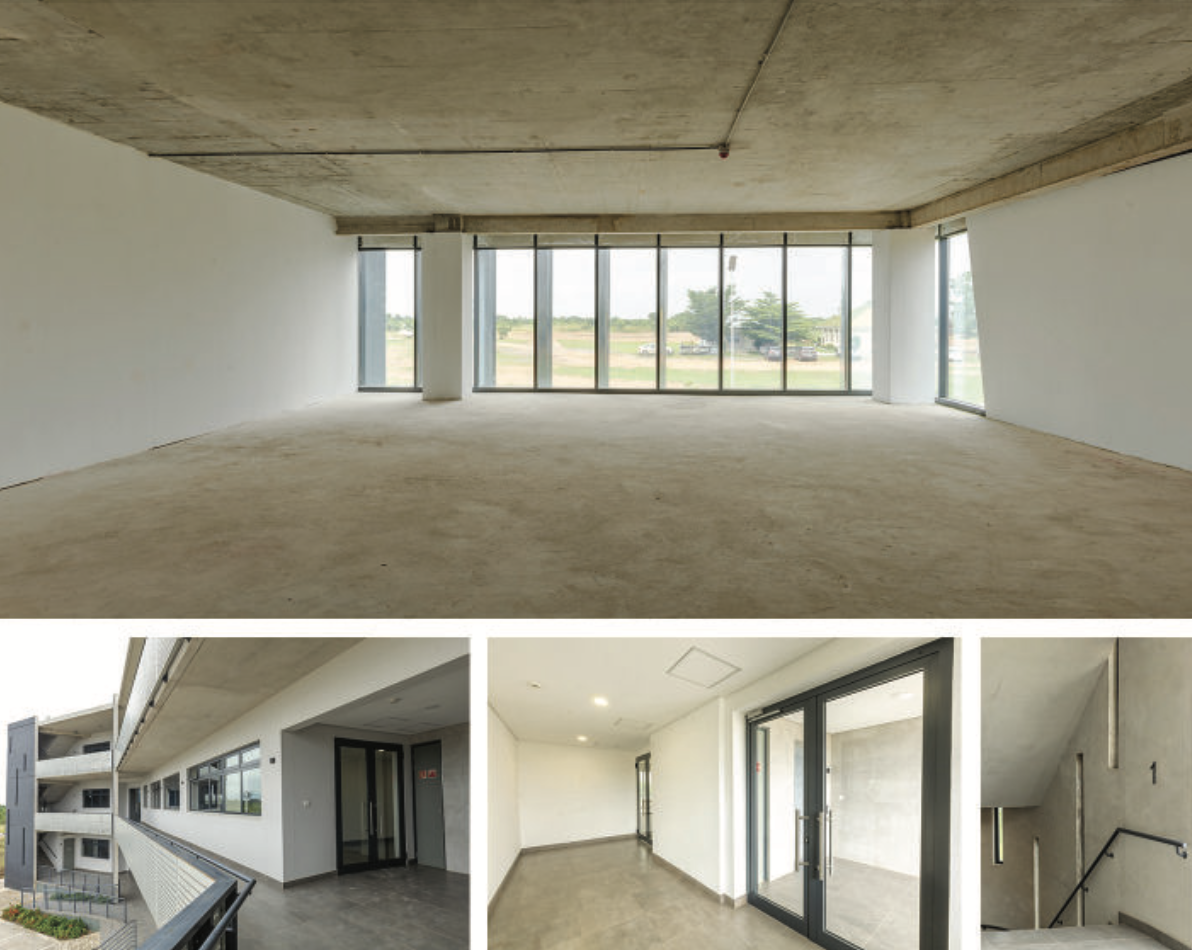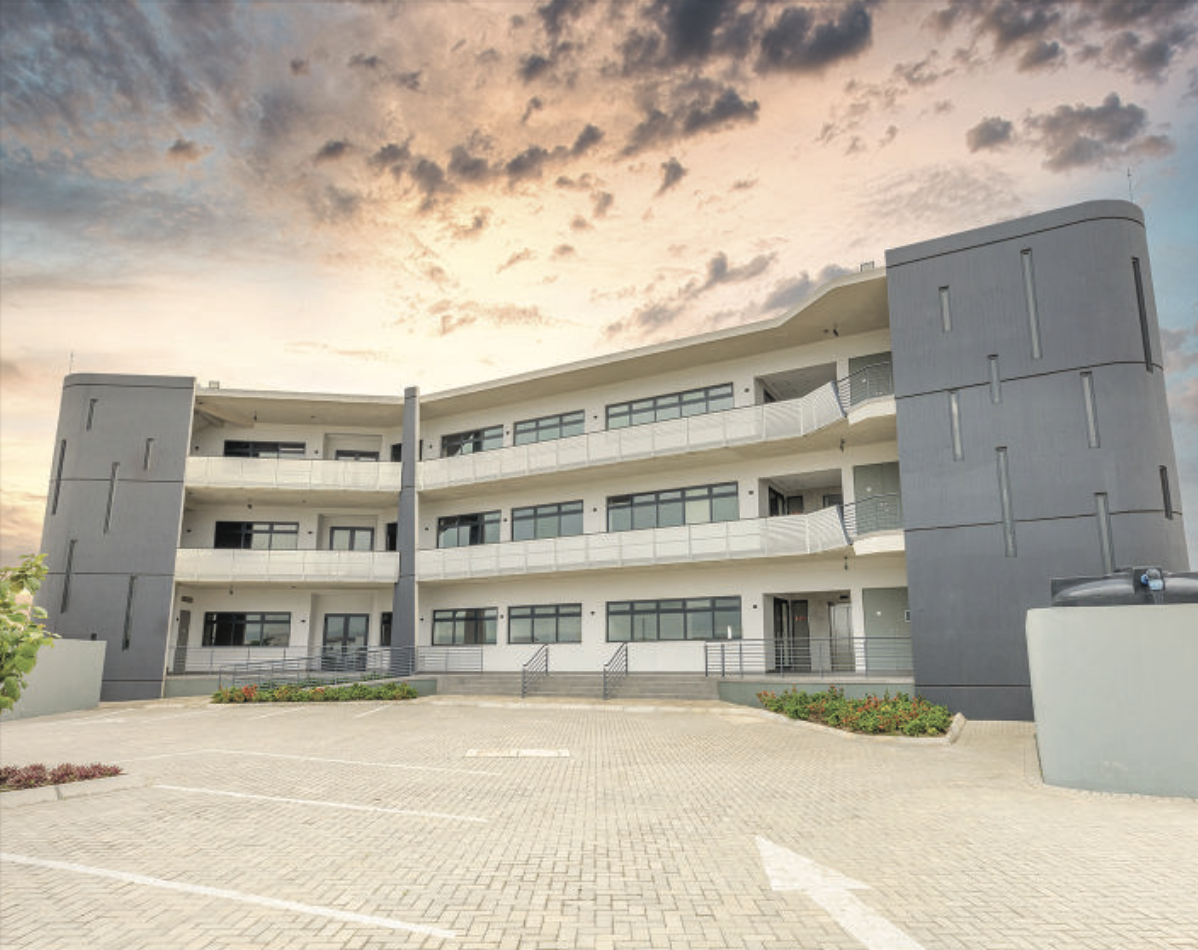Business | Updated Nov 3, 2025
In Ghana’s Capital, a New City Rises
By Fidiwest
Accra, Ghana
On the eastern edge of Accra, where the paved city gives way to dusty roads and mango groves, a new city is taking shape. It’s called Appolonia City, and for many Ghanaians, it poses a question as large as its footprint: Can private planning build the future that public systems have struggled to provide?
Spread across more than 2,300 acres between Oyibi and Afienya, Appolonia City is a carefully planned enclave of residential neighborhoods, boulevards, and an industrial park the size of a small town. Conceived by the pan-African developer Rendeavour with Ghanaian partners, it offers an alternative to the sprawl and congestion that define greater Accra.
Accra, one of West Africa’s fastest-growing capitals, has expanded beyond its infrastructure. Traffic on the Adenta–Afienya road can turn a short commute into an ordeal, while housing prices in the city’s core climb steadily out of reach for many middle-income residents.
Appolonia City aims to absorb some of that pressure. Designed by Skidmore, Owings & Merrill, the American firm behind some of the world’s most recognizable skylines, the plan divides the land into zones for homes, commerce, schools, parks, and light industry. At full capacity, the new city could house tens of thousands of people.
Plots in its residential phase, Nova Ridge, start at a few hundred square meters. Developments such as The Oxford offer move-in-ready homes. Nearby, the Appolonia Industrial Park has already drawn logistics firms and light manufacturers, attracted by reliable utilities and simpler land procedures than those found in central Accra.
Recreational Activities and Unique Features
A drive through Appolonia City reveals wide avenues and steady activity. Walls are rising, surveyors are at work, and newly landscaped medians hint at the vision taking shape. A school site is planned, alongside future clinics and green spaces designed to soften the heat of the midday sun.
Buyers range from young professionals priced out of central Accra to members of the Ghanaian diaspora returning under the Year of Return movement. Developers emphasize accessibility, though observers note that most properties still target the upper-middle tier.
“Projects like Appolonia show ambition,” says Kwame Gyan, an Accra-based urban policy analyst. “The challenge will be inclusivity, ensuring that this new city doesn’t replicate the divisions of the old one.”
Infrastructure Before Occupancy
Perhaps the project’s most unusual feature is its order of construction. Roads, power, and drainage are being built before the houses go up. In a region where development often happens in reverse, the developers have invested heavily in basic infrastructure, including a dedicated power substation and water systems, to ensure early residents are not stranded on half-finished lots.
In 2024, an additional $10 million in infrastructure expansion was announced, extending paved access roads and utility corridors across the site.
Modern Ghanaian Living
A City Becoming
At dusk, as workers pack up and the air cools over the red earth, the faint skyline of Accra glows in the distance. Between that old horizon and this new one lies the story of a capital in transition: one city straining under its own growth, and another daring to redefine what growth could look like.
For now, Appolonia City is both promise and experiment. But in a capital stretched by its own success, it may offer a glimpse of how West African cities—and their dreamers—can start again, one planned street at a time.









